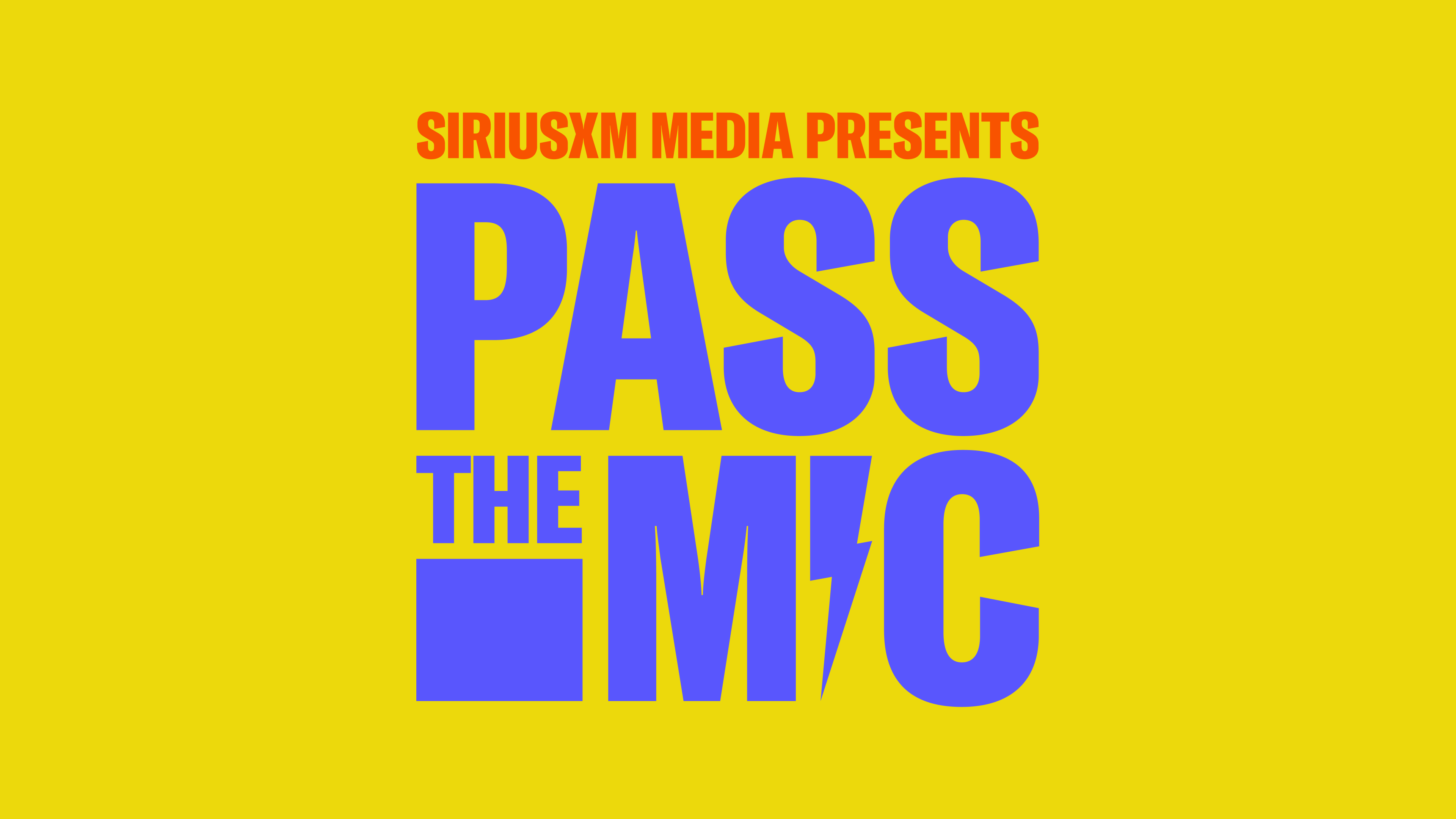
The Dos and Don'ts of Writing for Podcast Ads
Veronica Kwiatkowski, Senior Copywriter, Studio Resonate Mar 28, 2022There’s a reason listeners aren’t turned off by podcast ads. These ads feel like a natural extension of the show they already love, like a friend recommending a product, service, or brand they genuinely enjoy—in an authentic way. The goal when it comes to writing these ads? Point hosts in the right direction, without directly putting words in their mouths.
As an advertiser, it can be really exciting to write copy for podcasts, especially for ones you’re a fan of yourself, but there are some definite DOs and DON’Ts, according to Veronica Kwiatkowski, Sr. Copywriter on Studio Resonate, SXM Media’s in-house creative consultancy.
DO start with broad bullet points that hosts can use as a jumping off point to deliver their message. It should never feel scripted. If you read your copy out loud and it sounds like something you’d hear on the morning radio, you’ve gone too far.
DON’T try to dictate the hosts’ thoughts, feelings, or actions. Let this come naturally by providing copy points that give hosts the framework to speak authentically, while still educating listeners about your brand.
For example:
DON’T: “These socks are the most comfortable socks I’ve ever worn in my entire life—their premium fabrics and luscious arch support makes it feel like I’m walking on a cloud!”
DO: “Made with premium fabrics and an additional layer of arch support, these socks are seriously comfortable”—and then we can instruct the host: “please talk about what it feels like to wear your new socks and how their level of comfort is beyond anything you’ve tried in the past. Speak to what they feel like and how they’re a game-changer for your feet”. From there, the host can give their own analogy about the comfort of the socks in a way that sounds true to them and their show.
DON’T be overly cutesy or colloquial. For example, if you’re writing for My Favorite Murder, don’t start off the spot with, “what’s up Murderinos? This brand is totally MURDERING the sock industry.” Leave the jokes and inside sayings up to the hosts, and don’t force it.
DO remember that an ad is coming from the host’s POV—not yours. It’s the host talking directly to the listener.
For example:
DONT: “At Petco we believe pets are like family! As an essential retailer since the beginning of the pandemic, we’ve made it safe and easy for you to care for your pet too, online or in stores.”—That’s great and all, but it doesn’t make sense for a host. She is not the “we,” and she definitely doesn’t own Petco.
DO: “Petco knows that your pets are like family. And as an essential retailer since the beginning of the pandemic, Petco has made it safe and easy for you to care for your pet too, online or in stores.” This is the kind of copy point that really opens up the floor for our host to speak genuinely. The host might say, “yeah, at the start of covid I was worried about where I’d get food for my dog, but thankfully it was easy to order online from Petco and get everything I needed delivered safely to my door.”
We never know exactly what the host is going to say, but we know we’re getting them to a point where they can add a personal touch.
How to structure the copy of your ad:
Now that you know what to keep in mind, here’s a simple format to use when writing your copy points: Intro→ Overview→ Personal Experience→ Call-To-Action format. And here’s roughly how it should look:
Intro — What is your product/service/brand?
Thought-starters: is there a problem your product can solve? A tie-in to holidays or current events?
Overview — Why should listeners care?
Provide specific info regarding what features and offerings make your product or brand great!
Personal Experience — What did the hosts think about it?
This is the space for hosts to really dive into their experience with your product. Provide guiding questions about whatever aspects you’d like them to focus on.
Call-To-Action — Where can listeners make a purchase or learn more?
Include your website URL twice, as well as your offer or promo code (if applicable). Custom URLs should be short, sweet, and easy for listeners to remember.
Peace of mind: As much as you should keep the copy loose and generalized, you don’t need to worry about giving up complete control. You’re welcome and encouraged to provide a list of “do-nots” to keep the hosts in line—and keep you covered for any brand safety or legal concerns you may have. And if there’s a line or two that absolutely needs to be read verbatim (like a statistic or a specific location name), indicate that in your copy brief.
And that’s that. As we tell all our hosts—be authentic, and have fun with it!
One final note: announcer-read ads
In the event that a host read is not available, you may want to go the route of an announcer-read spot. The approach to copy is very similar to that of a host read, just without the first person language or personal experience element. But even without the personalized component, announcer reads are a great way to dive into your brand messaging and have been proven to be effective and appealing to listeners. You can follow the same structure of a host-read ad and dive into what makes your brand great (we know there’s a lot!). To learn more about Studio Resonate and see your ad possibilities, get in touch with us.



